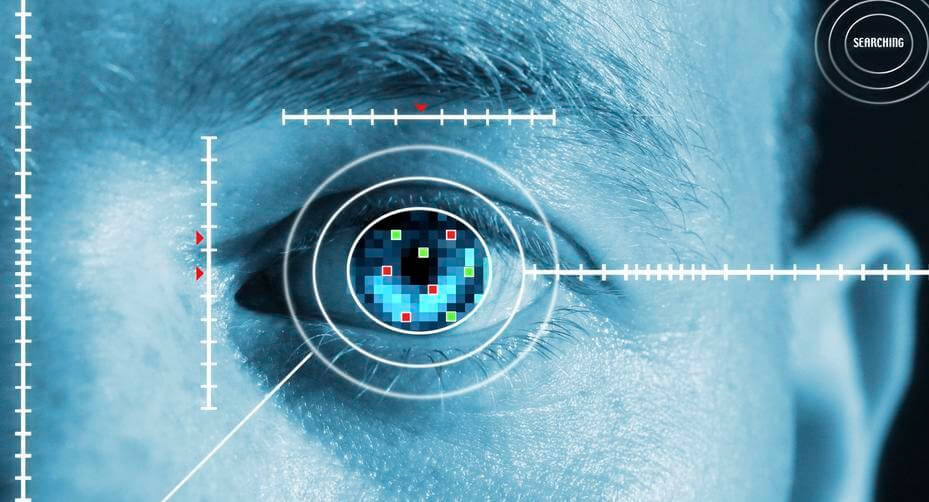Image Processing: The Aesthetic Engineering of the Digital World
Introduction
Image Processing is a field of study concerned with applying mathematical operations to digital images. This discipline enables computers to recognize, interpret, and manipulate patterns in images. In this article, we will delve into the concept of Image Processing, exploring how it works, its applications, and its future significance. As a fundamental component of the digital world, Image Processing is utilized across various industries to enhance efficiency and provide innovative solutions.
What is Image Processing?
Image Processing is the manipulation and analysis of digital images using various mathematical operations. These operations can include enhancing images, analyzing them, identifying objects within them, and understanding their contents. Image Processing is typically performed by computers and requires images to be represented in digital format. The process involves transforming visual data into a format that can be analyzed and interpreted by computers, enabling applications ranging from simple image enhancements to complex pattern recognition tasks.
How Does it Work?
Image Processing is typically achieved through a series of mathematical operations. These operations may include filtering, edge detection, segmentation, and pattern recognition techniques. Image Processing algorithms analyze the intensity and color of pixels to detect patterns and objects within images. During this process, different features of the images are extracted and transformed for specific purposes. For instance, tasks like detecting tumors in medical images or analyzing land use in satellite images are accomplished using Image Processing techniques.

Applications
Image Processing has numerous applications across various industries. In the medical field, Image Processing techniques play a critical role in the early detection and treatment planning of diseases. For example, data threat detection and obtained from imaging methods like MRI and CT scans can be analyzed more quickly and accurately using Image Processing algorithms. In the automotive industry, Image Processing is essential for autonomous driving technologies, enabling real-time processing and interpretation of environmental data for safe driving experiences. Additionally, Image Processing is used in security systems for facial recognition and license plate recognition. Other fields that extensively use Image Processing include agriculture, aviation, security, entertainment, and more.
Future Significance
As technology continues to advance, Image Processing is expected to play an increasingly significant role in the future. Especially when integrated with technologies like artificial intelligence and deep learning, Image Processing solutions can become more intelligent and effective. For example, in fields such as object recognition and image classification, Image Processing can provide significant benefits in automation, Image Processing has become a fundamental component of the digital world, playing a crucial role in various industries and applications. Its techniques provide powerful tools for extracting, understanding, and utilizing information from images. As Image Processing continues to evolve and become more widespread, it has the potential to further enhance our lives and accelerate technological innovations. When integrated with AI, Image Processing solutions can revolutionize smart cities, autonomous systems, and advanced healthcare services, paving the way for significant advancements in numerous fields. security, and healthcare. AI-powered Image Processing algorithms can analyze large datasets, allowing for faster and more accurate processing of complex visual information. This could be particularly beneficial in real-time threat detection and response systems in security and surveillance, as well as in improving quality control processes and production efficiency in industrial automation.
Conclusion
Image Processing has become a fundamental component of the digital world, playing a crucial role in various industries and applications. Its techniques provide powerful tools for extracting, understanding, and utilizing information from images. As Image Processing continues to evolve and become more widespread, it has the potential to further enhance our lives and accelerate technological innovations. When integrated with AI, Image Processing solutions can revolutionize smart cities, autonomous systems, and advanced healthcare services, paving the way for significant advancements in numerous fields.




